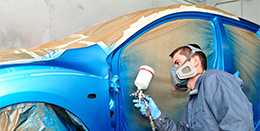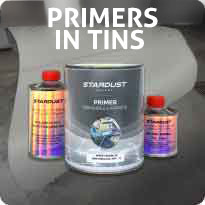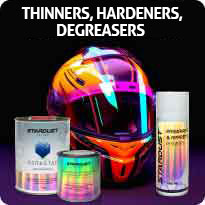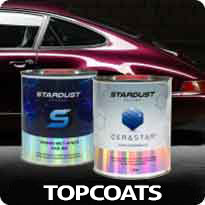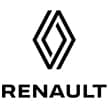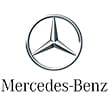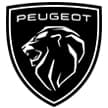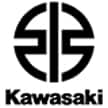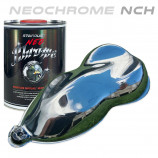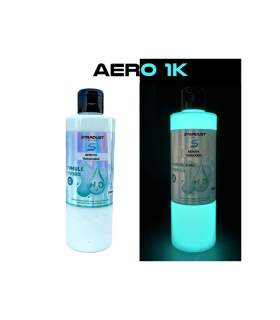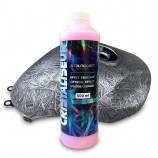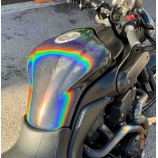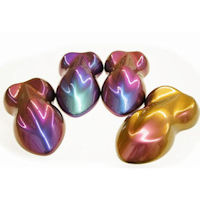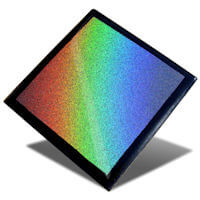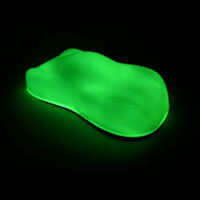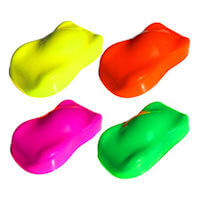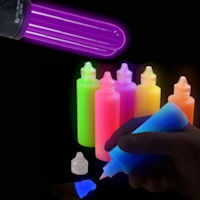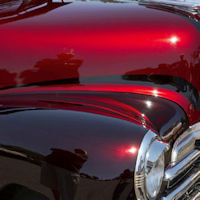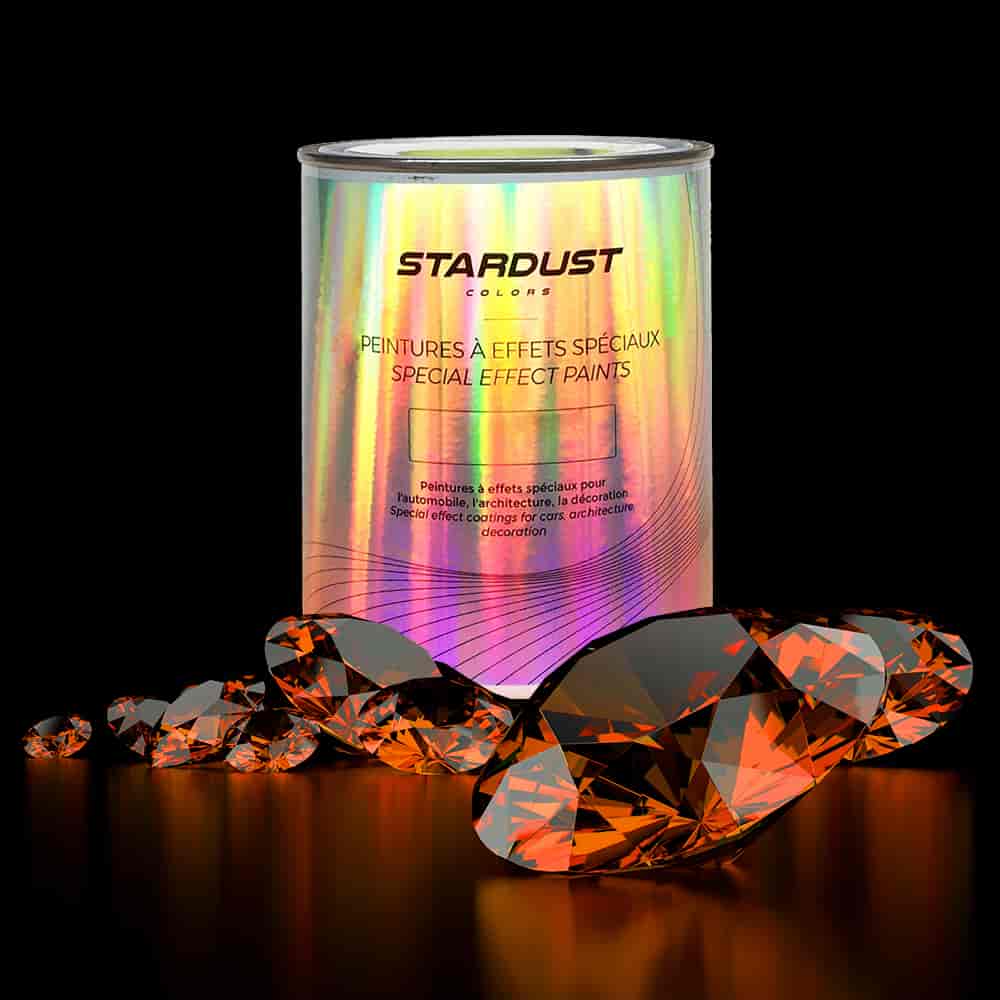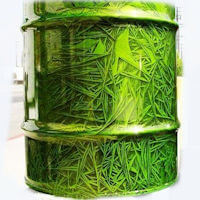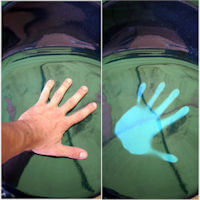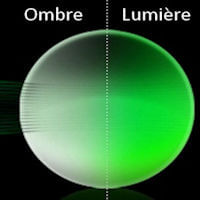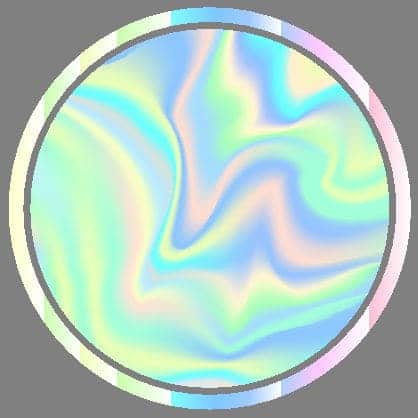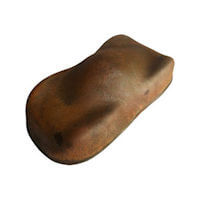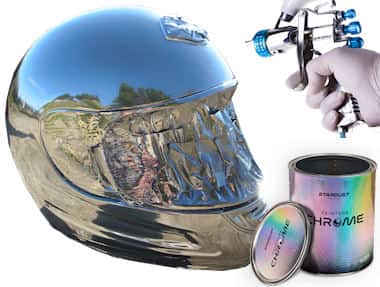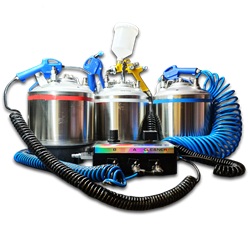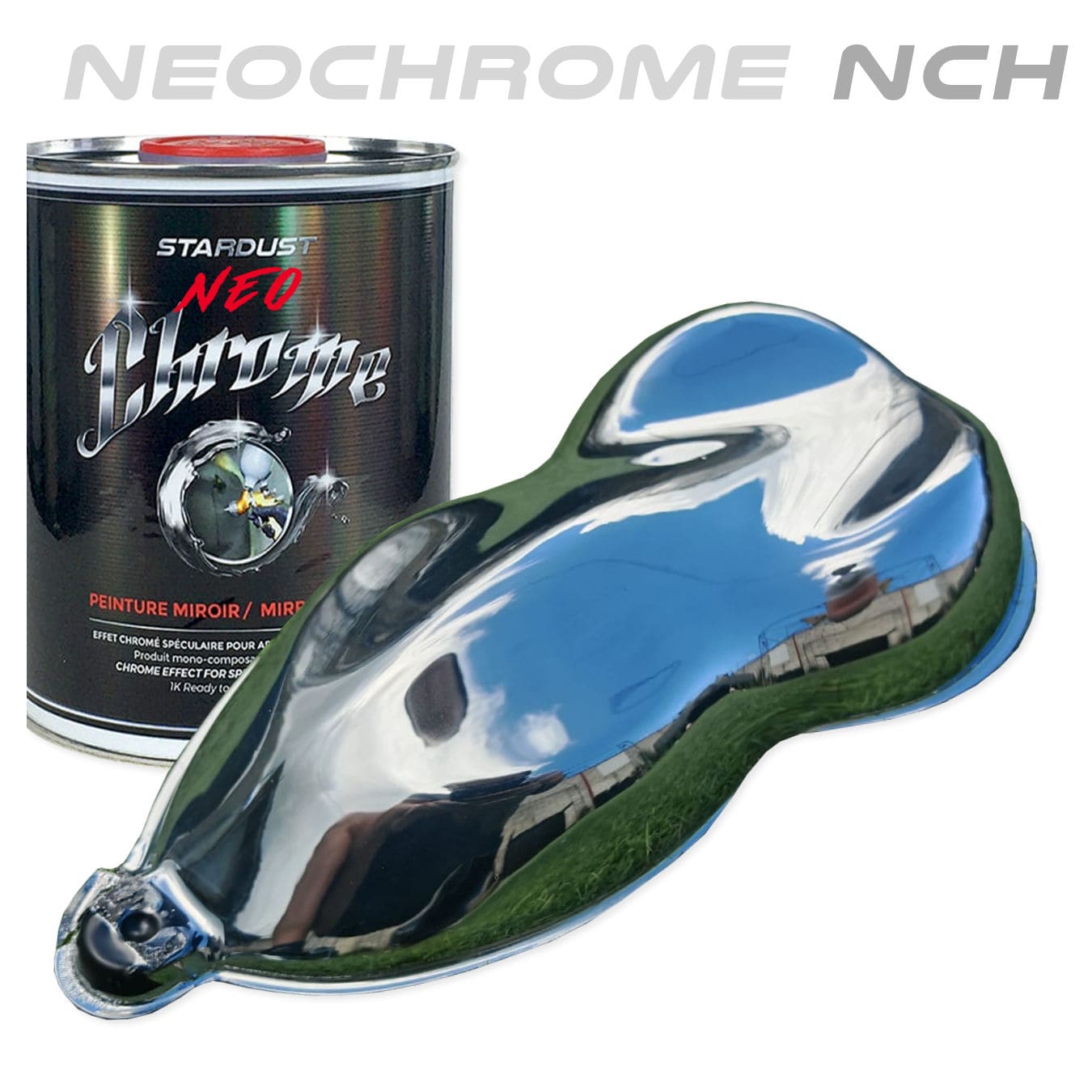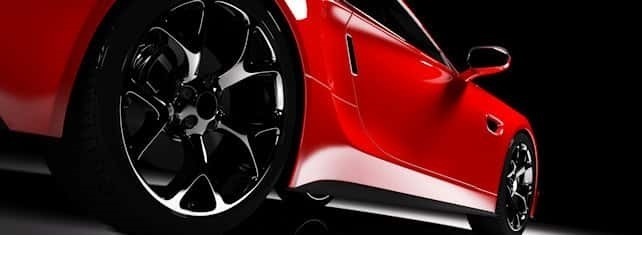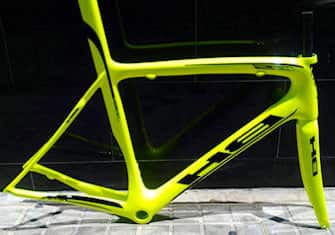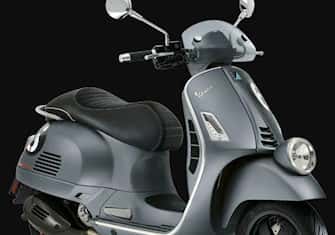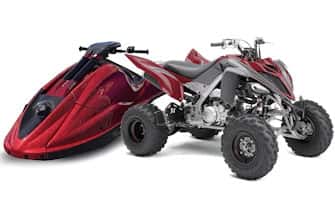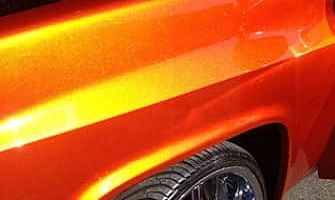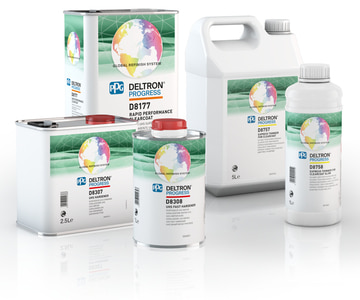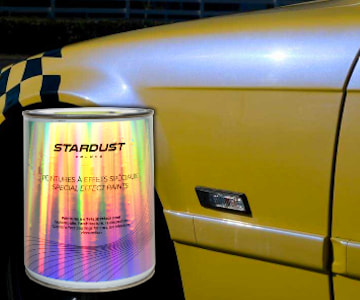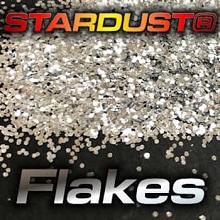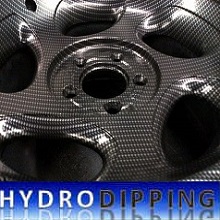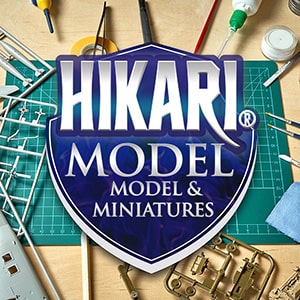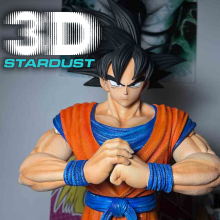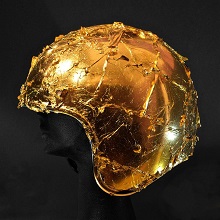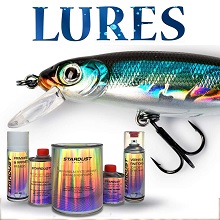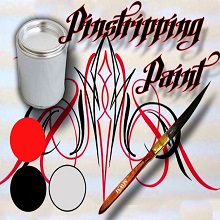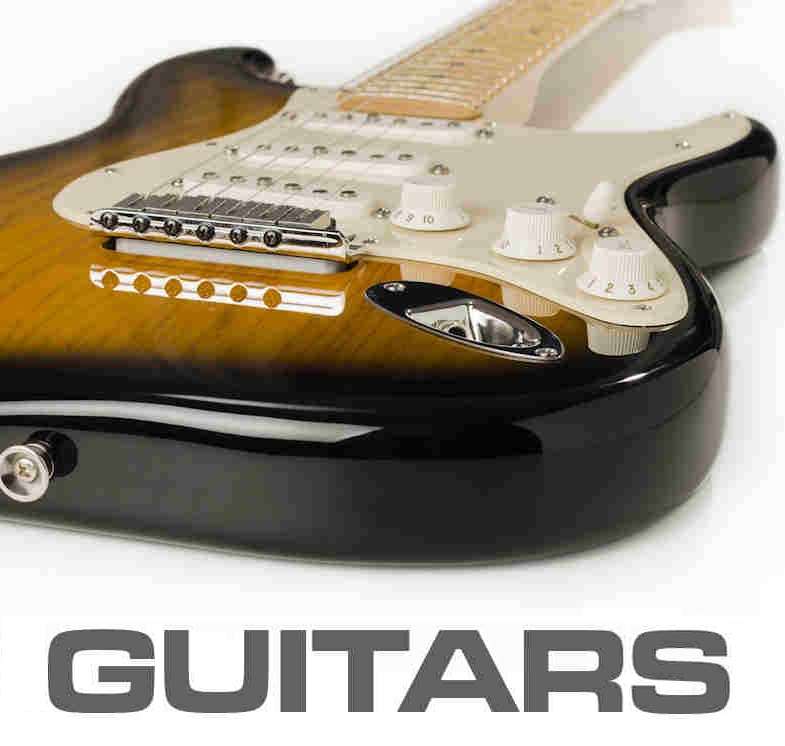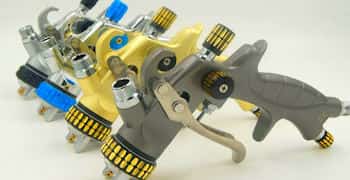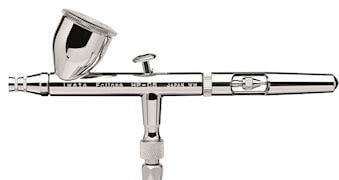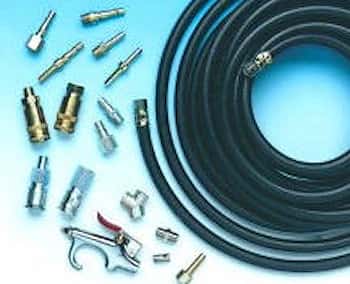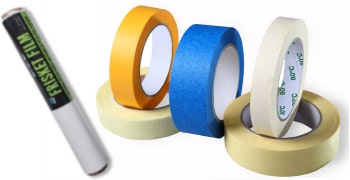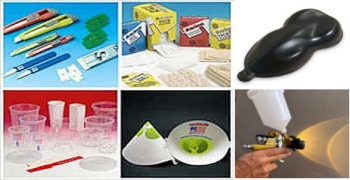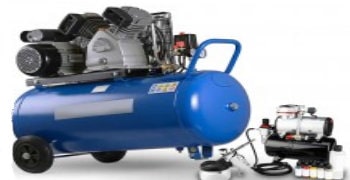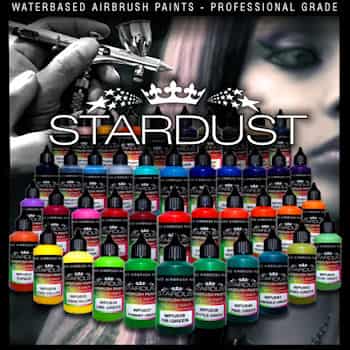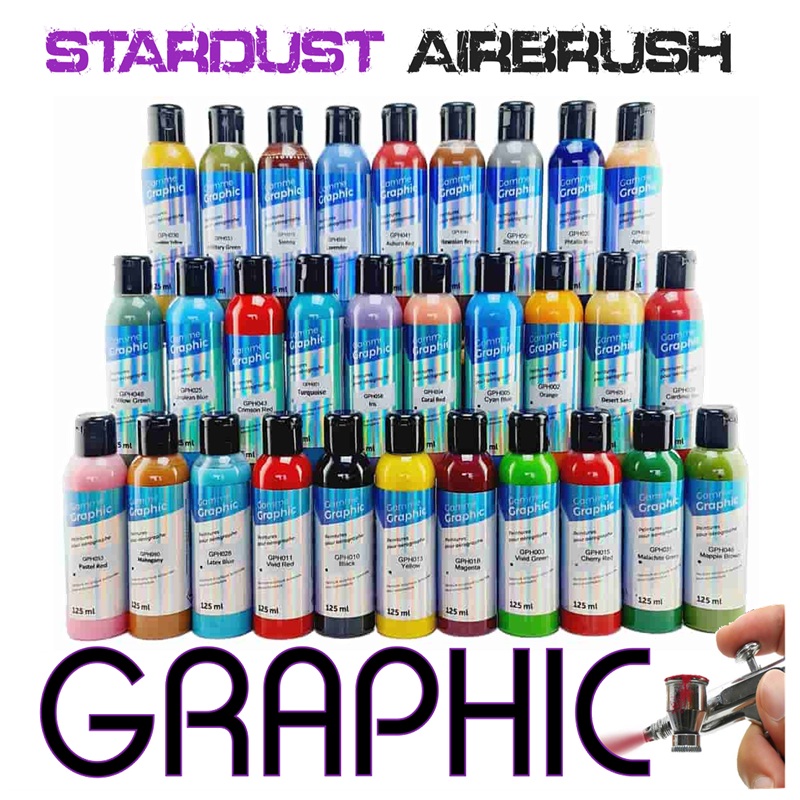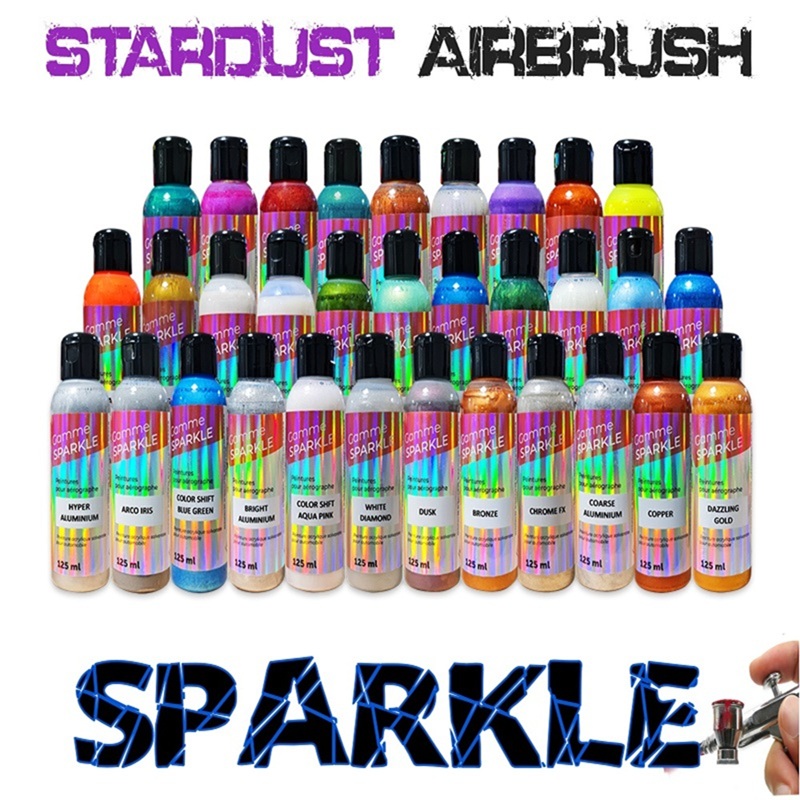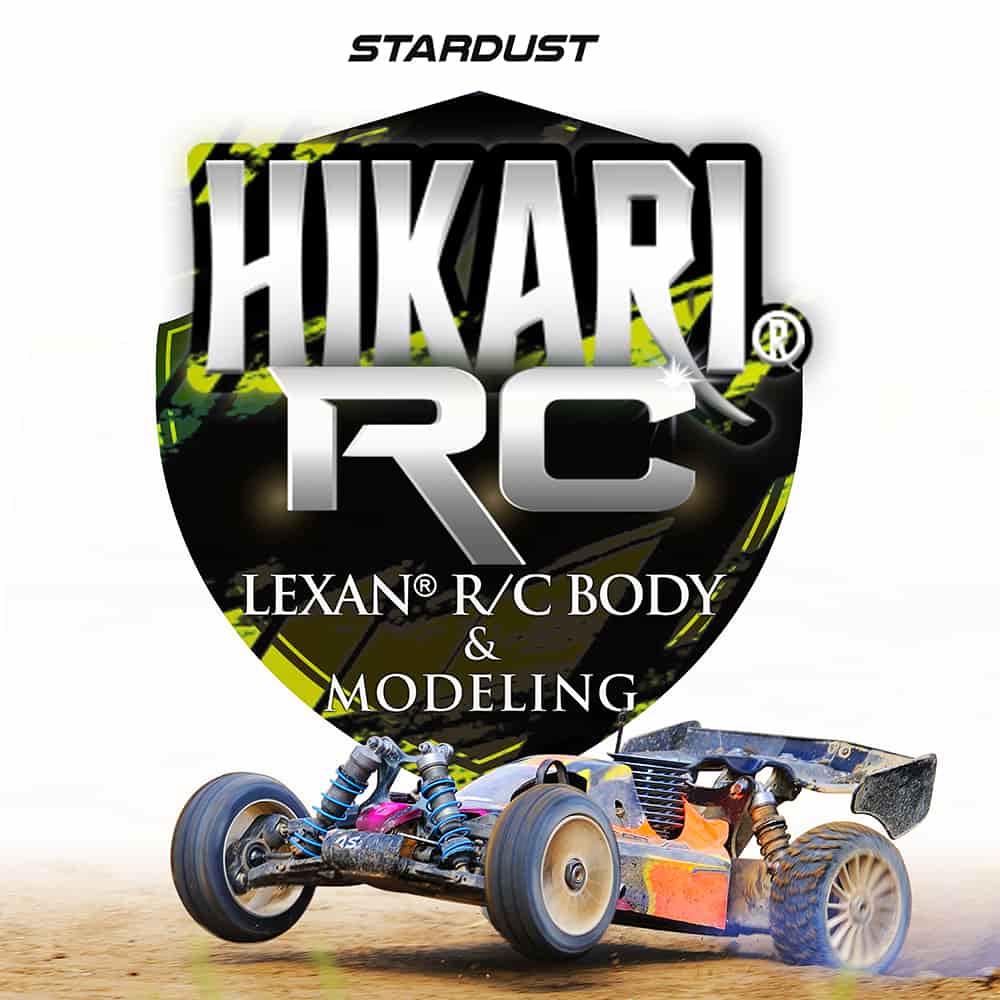Waterbased Acrylic Formula
Choose your Temperature and colours
60ml - 250ml - 1L - 5L
Delivery in 48h
Thermochromic colours - reactive effect paints
Thermochromic paint changes colours as the temperature changes (it becomes colourless above a certain temperature)
See the 4 videos that are available >>
OFFER: 60ml - 250ml - 1L tins
Our latest version is a waterborne paint (compatible with any solvented clearcoats and primers)
COVERAGE PERFORMANCE
250ml: 0.5 m² max 1L: 2m² max (with 4/5 coats)
STOCK: Products available and can be delivered in 48h
SPECIFICATION SHEET BASED THERMOCHROMIC
TYPE OF PRODUCT :
1K waterborne <20g VOC/L
ASPECT : Matt . OPAQUE WHEN COLD / SEMI TRANSPARENT WHEN HOT
MIX: Stir/shake well before use. Filter if possible with a cone shape filter (190µm).
APPLICATION: On a clean, dry and finely sanded surface. Number of passes: 4-6 coats
TOOLS:
> Spraygun: All type of nozzle >1mm
> Roll, Brush for the waterborne version
DRYING: At ambient temperature. Do not bake
TOUCH DRY : 45 MN
TOPCOATING: TIMEFRAME before to clear:
STORAGE:"paint can be store 6 month in a cold temperature , without UV light - Do not froze !"
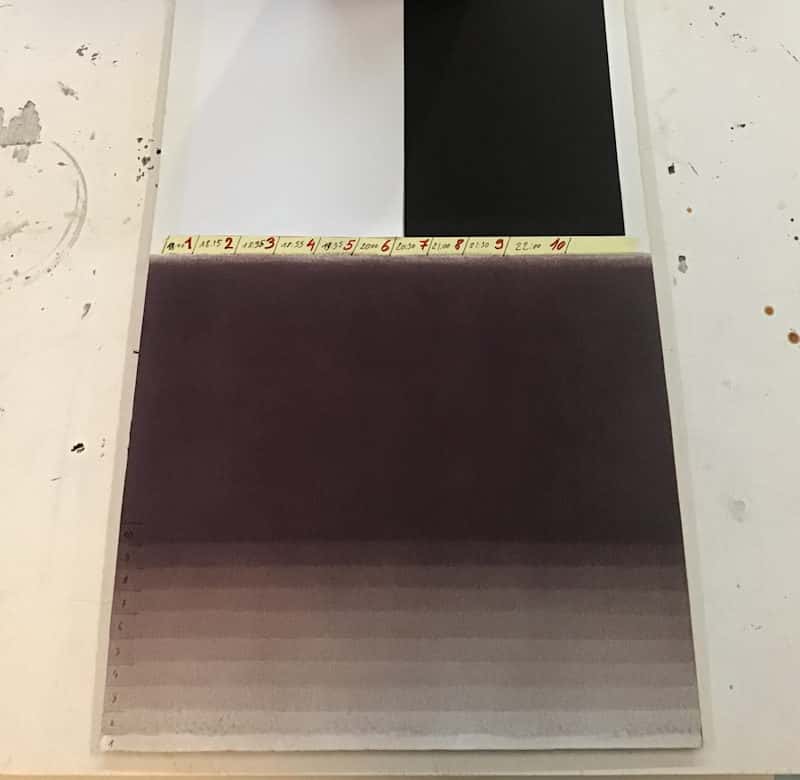
Water-based version: 72h max
Topcoating with Anti UV clearcoat strongly recommended for outside !
Flexible acrylic paint suitable for natural or synthetic fabrics
Questions and answers about thermochromic paints:
>Can an airbrush or brush be used for the application?
Yes, with 5 to 20% water and an airbrush with a large nozzle (0.5 or 0.8mm) could be used. The brush is not recommended as it will leave marks and create an uneven application; however, it is possible if you apply very thin several layers.
>Should the paint be thinned?
No, but 5% of water can be added for thinning.
>Can the heat of the hand change the color of this painting?
This basically depends on the heat of the hand, but also of the outside temperature, and especially of the thickness and type of material (lightweight plastic object, thick metal bar...)
>How much surface area can be covered with 60 ml, depending on the type of surface and the number of coats required?
Approximately 0.6 m² in one coat.
>On which materials does the paint offer the best results (wood, metal, plastic, textiles, etc.)?
The visual effect does not depend on the type of surface material; the thermochromic reaction depends on the thickness (inertia) and conductivity of the material (a plastic sheet reacts faster than a metal beam).
>Is it possible to apply it over an acrylic base coat, or do you recommend a PU paint base coat for better compatibility?
Any type of base coat can be used.
>Can it be applied with a brush or roller, or is spraying essential for a uniform finish?
It is more difficult to achieve a uniform finish with a brush or roller; however, it is possible by applying multiple coats and crossing over them.
>Is there a visual or intensity difference in the thermochromic effect between the 10–15°C and 26–31°C temperature ranges (e.g., a sharper print or greater contrast)?
There is no difference in intensity between the different temperature references. There are differences in intensity between the different colors.







